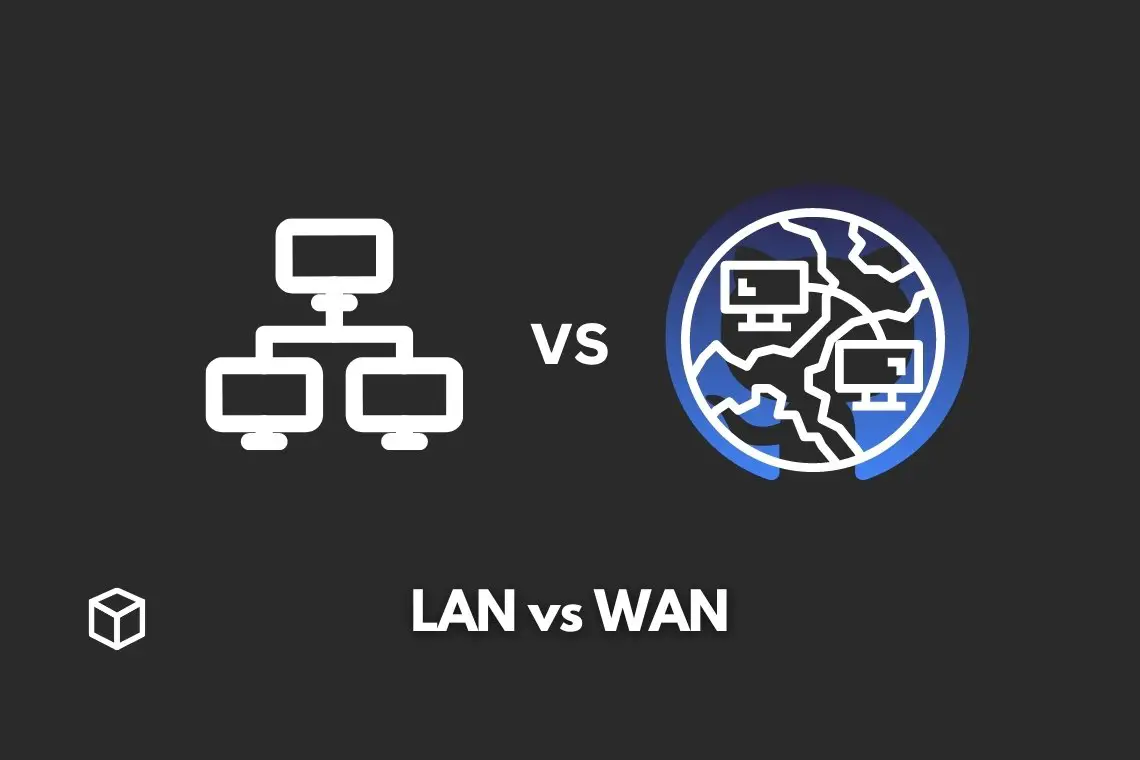If you’re working in the field of IT, it’s important to have a solid understanding of LAN and WAN.
These two types of networks serve different purposes and have different characteristics, so it’s important to know when to use one or the other.
In this article, we’ll define LAN and WAN, explain their characteristics, and give examples of where they’re commonly used.
We’ll also compare and contrast the two and discuss the different types of WAN connections available.
By the end of this article, you’ll have a better understanding of LAN and WAN and how they’re used in the world of IT.
What is LAN (Local Area Network)
A LAN, or Local Area Network, is a type of network that connects devices within a small geographic area.
These devices can include computers, servers, printers, and other peripherals.
LANs are typically found in office buildings, schools, and homes.
One of the characteristics of LANs is that they are designed to be high-speed, allowing for fast data transfer between devices.
Examples of where LANs are commonly used:
- In an office building, a LAN might be used to connect all the computers and servers on a single floor or in a single department.
- In a school, a LAN might be used to connect all the computers in a computer lab or library.
- In a home, a LAN might be used to connect all the devices in the home, such as computers, smartphones, and smart devices.
What is WAN (Wide Area Network)
A WAN, or Wide Area Network, is a type of network that connects devices over a large geographic area.
This can include different buildings, cities, or even countries.
WANs are typically used to connect multiple LANs together or to connect remote offices to a main office.
One of the characteristics of WANs is that they are designed to be low-latency, which means that there is minimal delay in data transfer.
Examples of where WANs are commonly used:
- A company with multiple offices in different cities might use a WAN to connect all the offices together.
- A school district with multiple schools might use a WAN to connect all the schools together.
- A retail chain with multiple stores in different states might use a WAN to connect all the stores together.
Compare and contrast LAN and WAN
The main difference between LAN and WAN is their geographical coverage.
LANs are designed for small geographic areas while WANs are designed for large geographic areas.
Further, LANs are typically faster and have less latency than WANs.
However, WANs are typically more secure than LANs because the data transfer is over a larger area.
LANs and WANs are typically used together in a network infrastructure.
For example, a company might have a LAN in each office, and then use a WAN to connect all the offices together.
This allows employees to share resources and collaborate, regardless of their location.
Different types of WAN Connections
There are several different types of WAN connections available, including leased lines, DSL, cable, and satellite.
Each type of connection has its own advantages and disadvantages.
Leased lines are a dedicated, high-speed connection that is leased from a telecommunications provider.
They are typically more expensive than other types of connections, but they offer a more stable and secure connection.
DSL (Digital Subscriber Line) is a type of connection that uses telephone lines to transmit data. It is typically slower than leased lines and cable, but it is also less expensive.
Cable is a type of connection that uses cable television lines to transmit data.
It is faster than DSL and can be less expensive than leased lines. However, it can be affected by network congestion during peak hours.
Satellite is a type of connection that uses satellite technology to transmit data.
It is typically used in remote or rural areas where other types of connections are not available.
However, it can be affected by weather conditions and can have a higher latency than other types of connections.
Role of Routers in LAN and WAN
Routers are devices that connect LANs to WANs.
They are responsible for directing data packets between networks.
In a LAN, a router can be used to connect different devices and control the flow of data.
In a WAN, a router can be used to connect different LANs and control the flow of data between them.
Routers can also be used to provide security in a network by controlling access to different resources.
They can be configured to only allow certain devices or users to access certain resources.
Further, routers can be used to provide Quality of Service (QoS), which ensures that certain types of data (such as real-time video) are given priority over other types of data.
Conclusion
In conclusion, LAN and WAN are two types of networks that serve different purposes.
LANs are designed for small geographic areas, while WANs are designed for large geographic areas.
While LANs are typically faster and have less latency, WANs are typically more secure.
Understanding the differences between LAN and WAN is important for effectively designing and managing networks.
If you want to gain a deeper understanding of LAN and WAN and how to effectively design and manage networks, consider taking a course or certification in network administration.




